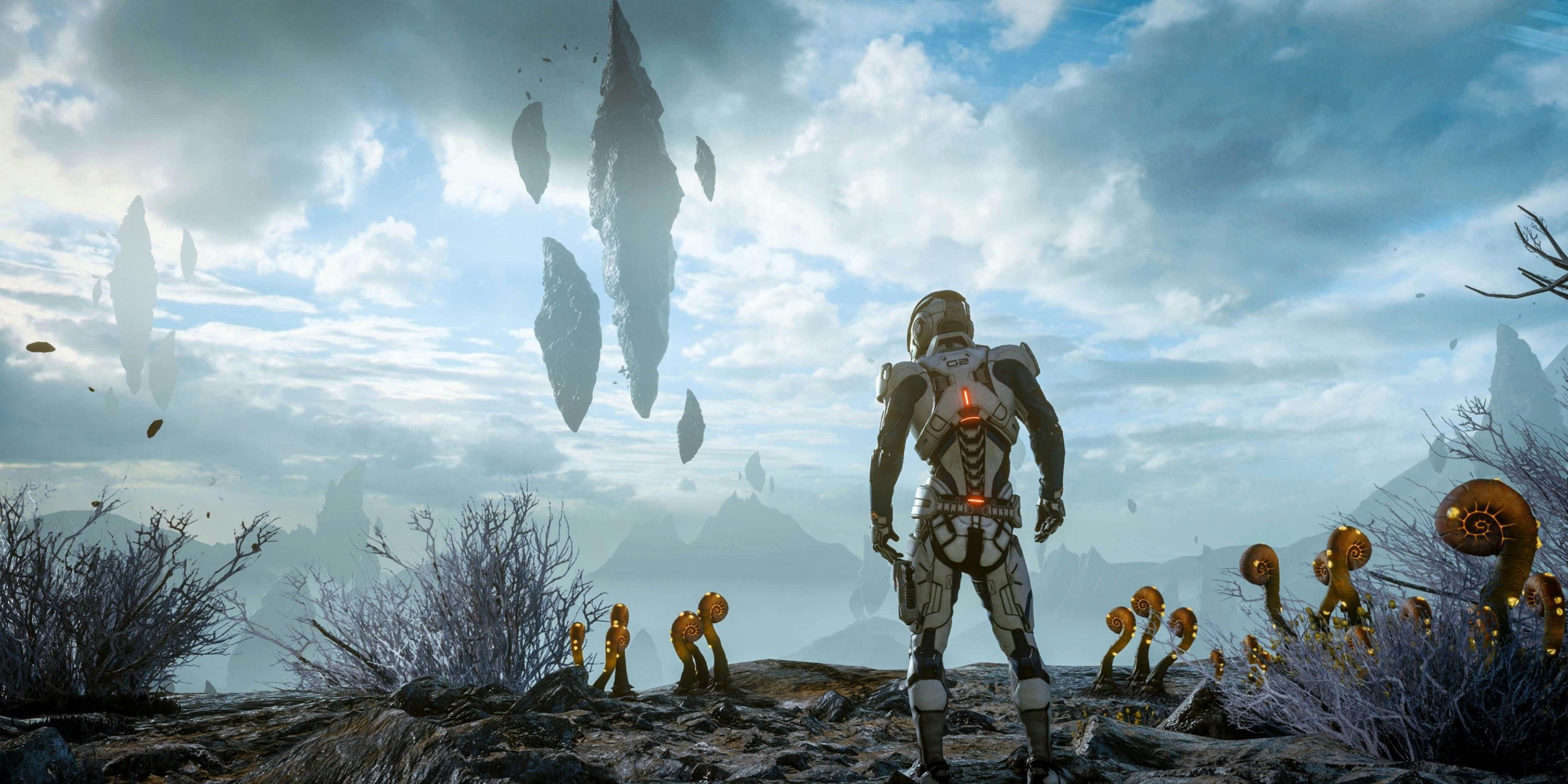
Summary
- Some EA games received undeserved hate from the gaming community due to past mistakes and comparison to predecessors.
- Despite initial issues, games like Star Wars Battlefront 2, Dead Space 3, and Mass Effect: Andromeda offer enjoyable experiences.
- EA’s Need for Speed: Unbound delivers a strong racing experience, but faces criticism mostly due to past franchise missteps.
Despite EA Games’ significant success within the gaming industry, the publisher has been met with considerable criticism, some of which can be considered warranted. Notably, EA was named “The Worst Company in America” by The Consumerist on two separate occasions. However, it is essential to recognize that at a certain point, criticizing EA has become more of a popular meme than a validated opinion.
For instance, consider these games. Each of them was published by EA, and despite their flaws that are valid for criticism, they don’t quite deserve the intense dislike they’ve garnered from the gaming community. From their rocky debuts to franchises carrying too much history, these EA games seem to receive an excessive amount of criticism.
Star Wars Battlefront 2
Let Them Cook
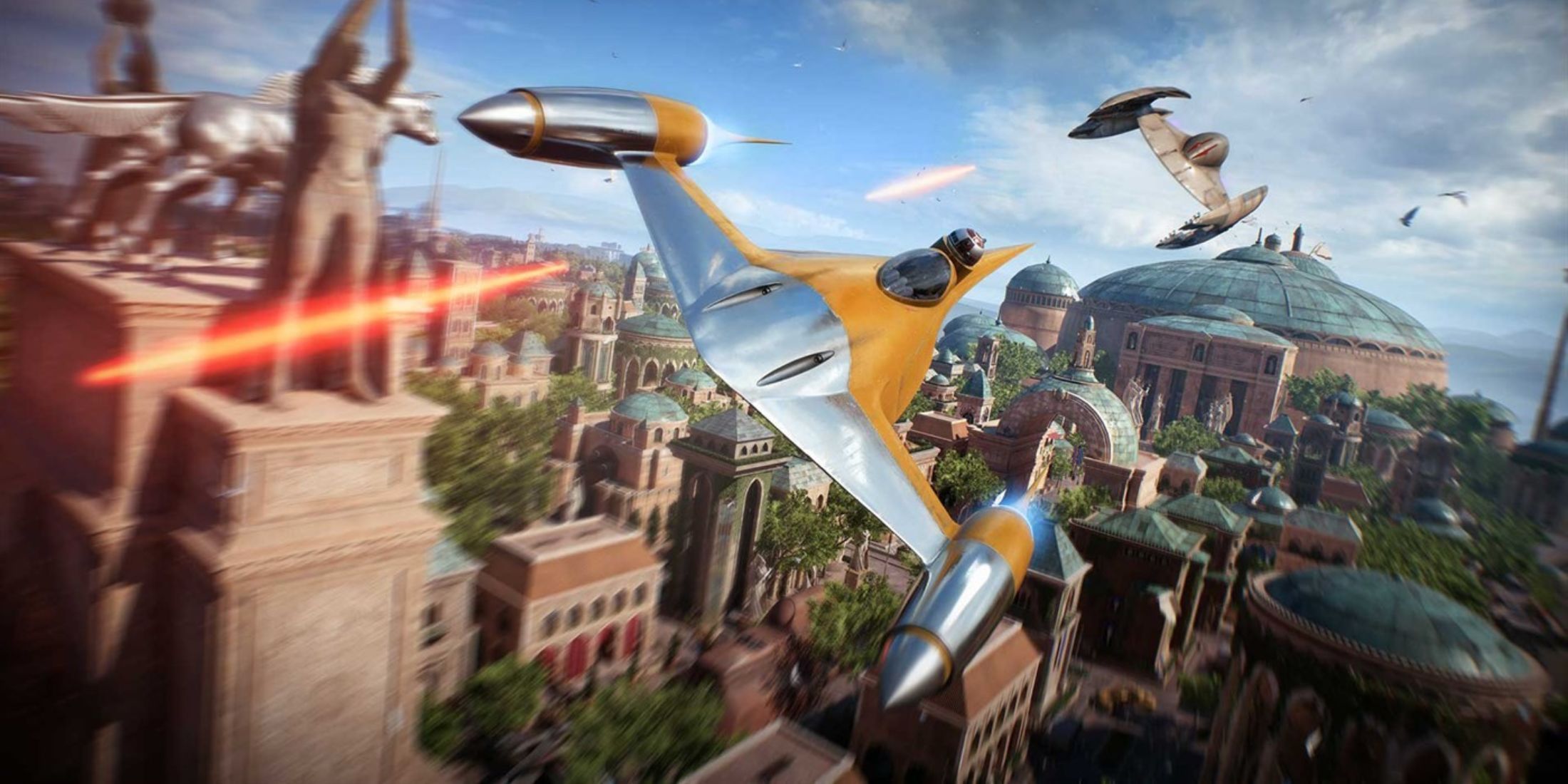
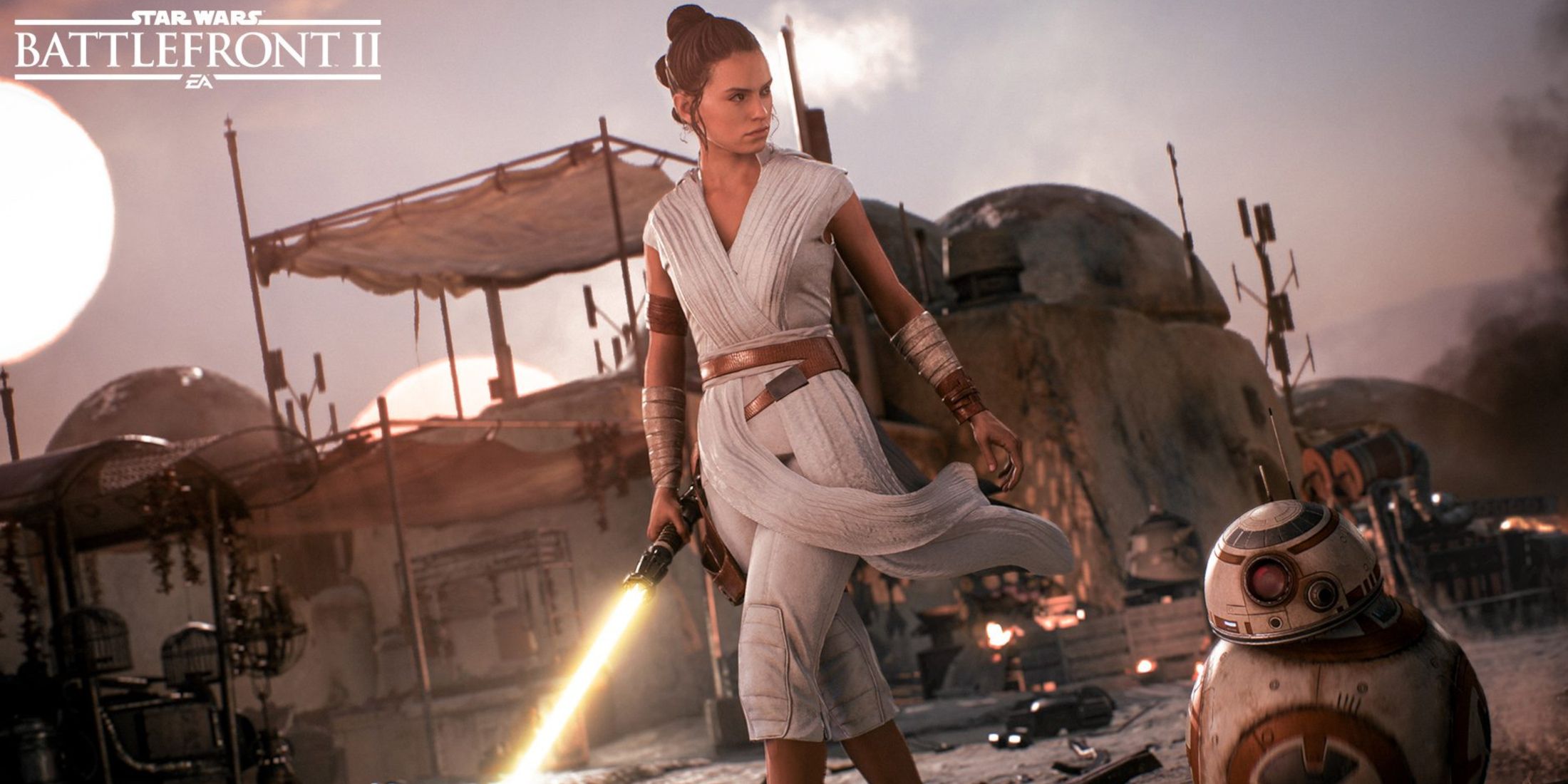
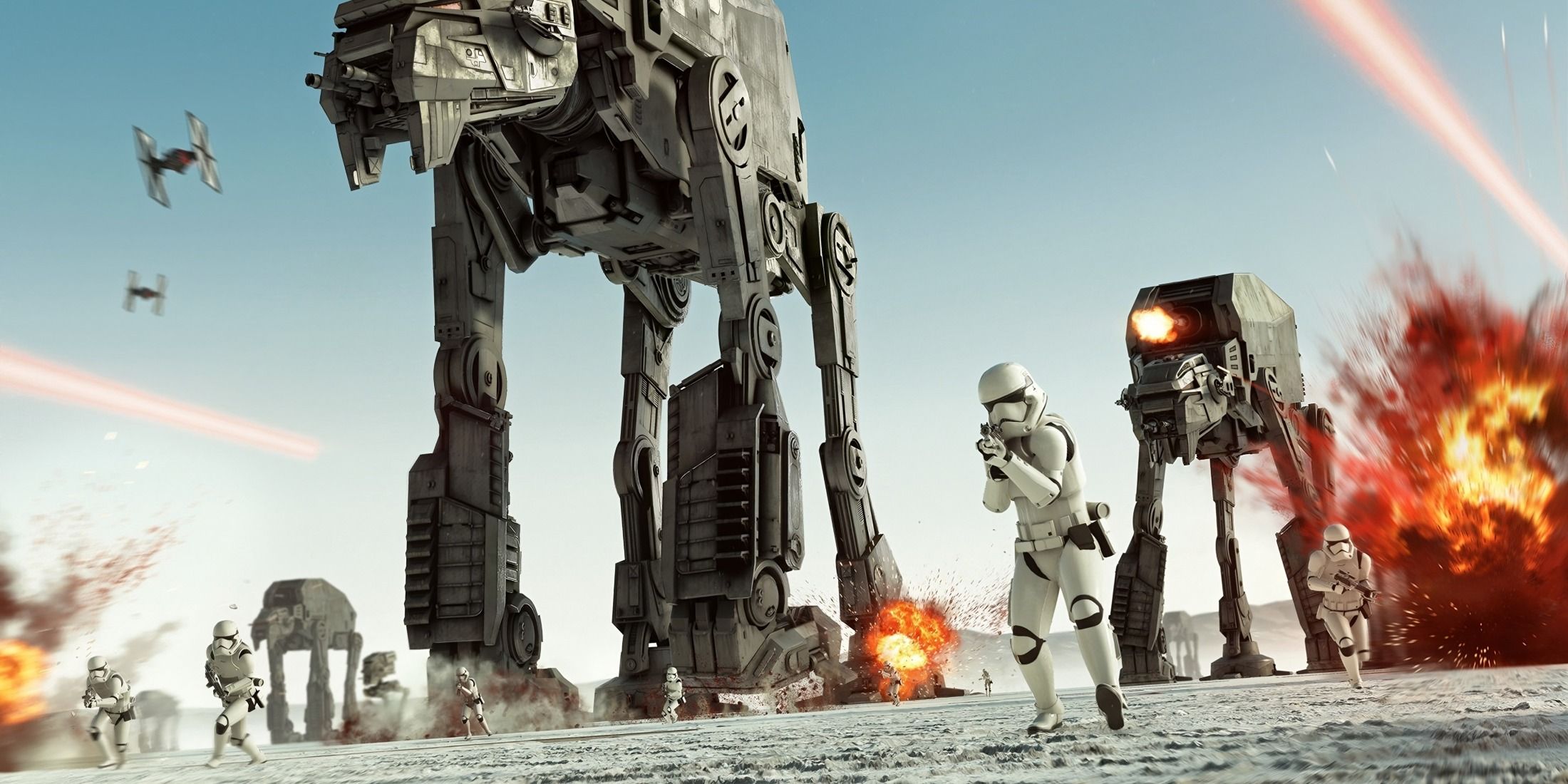
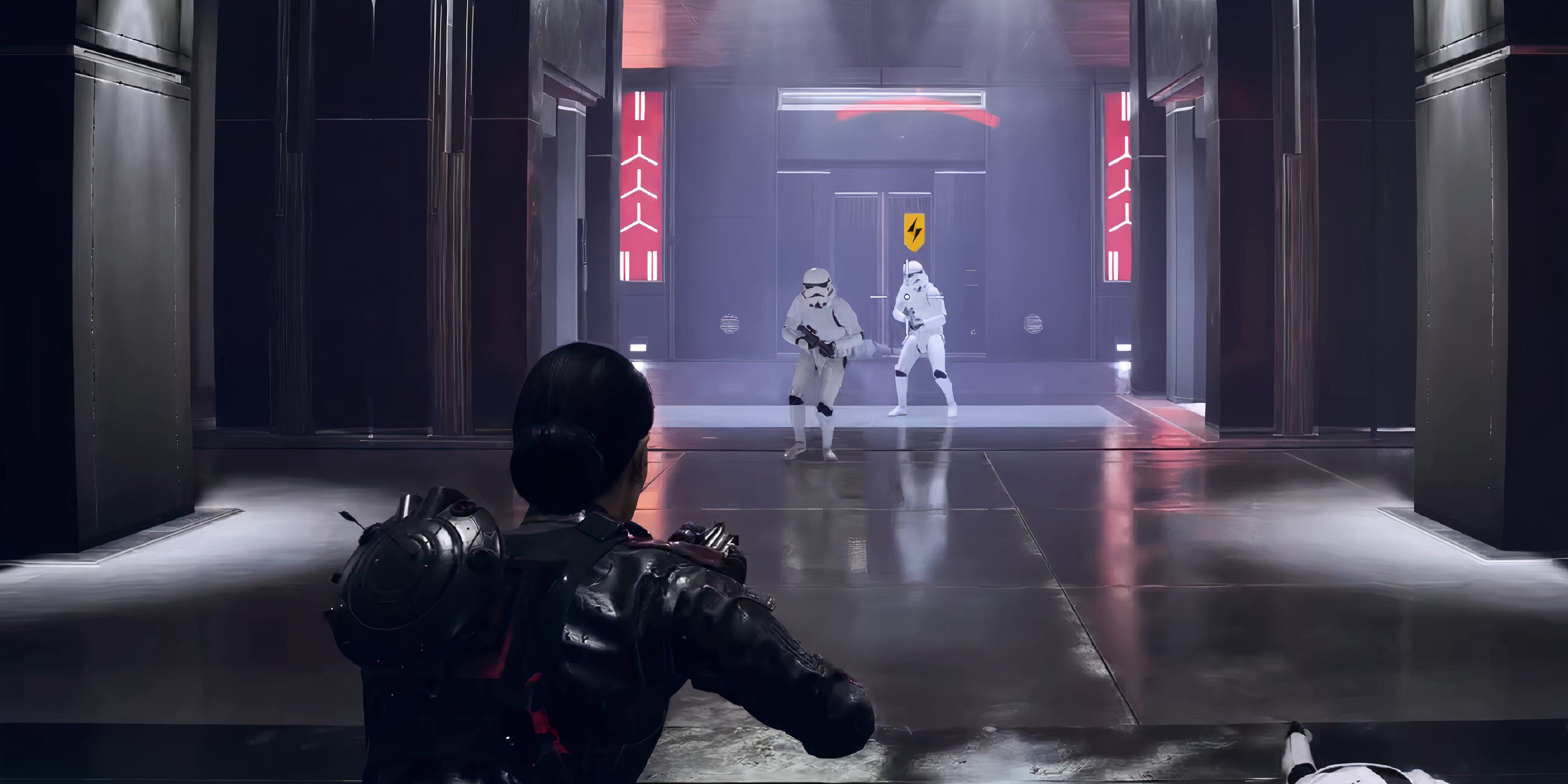
Upon its initial release, Star Wars Battlefront 2 faced an overwhelming amount of justified criticism due to its problematic approach with microtransactions. This issue represented one of the most notable instances where a publisher’s financial aspirations clashed with the players’ enjoyment. The game’s most potent PvP weapons and characters were confined within a system that was essentially like “nested loot boxes,” causing immense frustration among players. To this day, the developers’ defense of these systems still holds the record for the most downvoted comment on Reddit, seven years after it was first posted.
The unfair business tactics drew a lot of criticism, but the game itself wasn’t at fault; it was the way they were making money from it (microtransactions). However, if you’re still playing Battlefront 2 today, you’ll notice that most of those issues have been resolved, leaving behind an excellent Star Wars game. Nowadays, microtransactions are minimal, limited to a few cosmetic items, and the gameplay is some of DICE’s finest work yet. For many players, Battlefront 2 has regained their favor and is now considered one of the best games in the series.
Dead Space 3
Impossible Standards
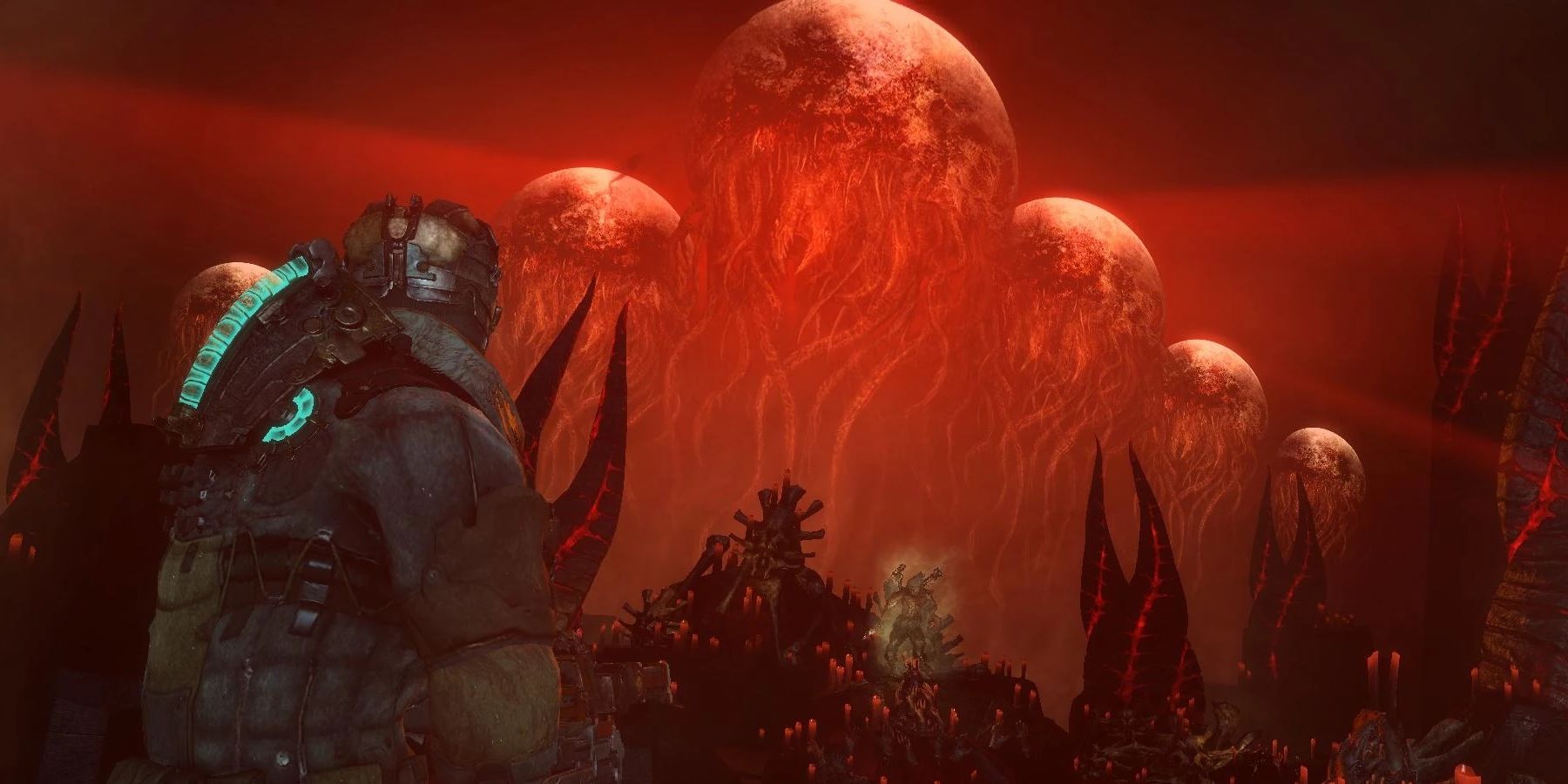
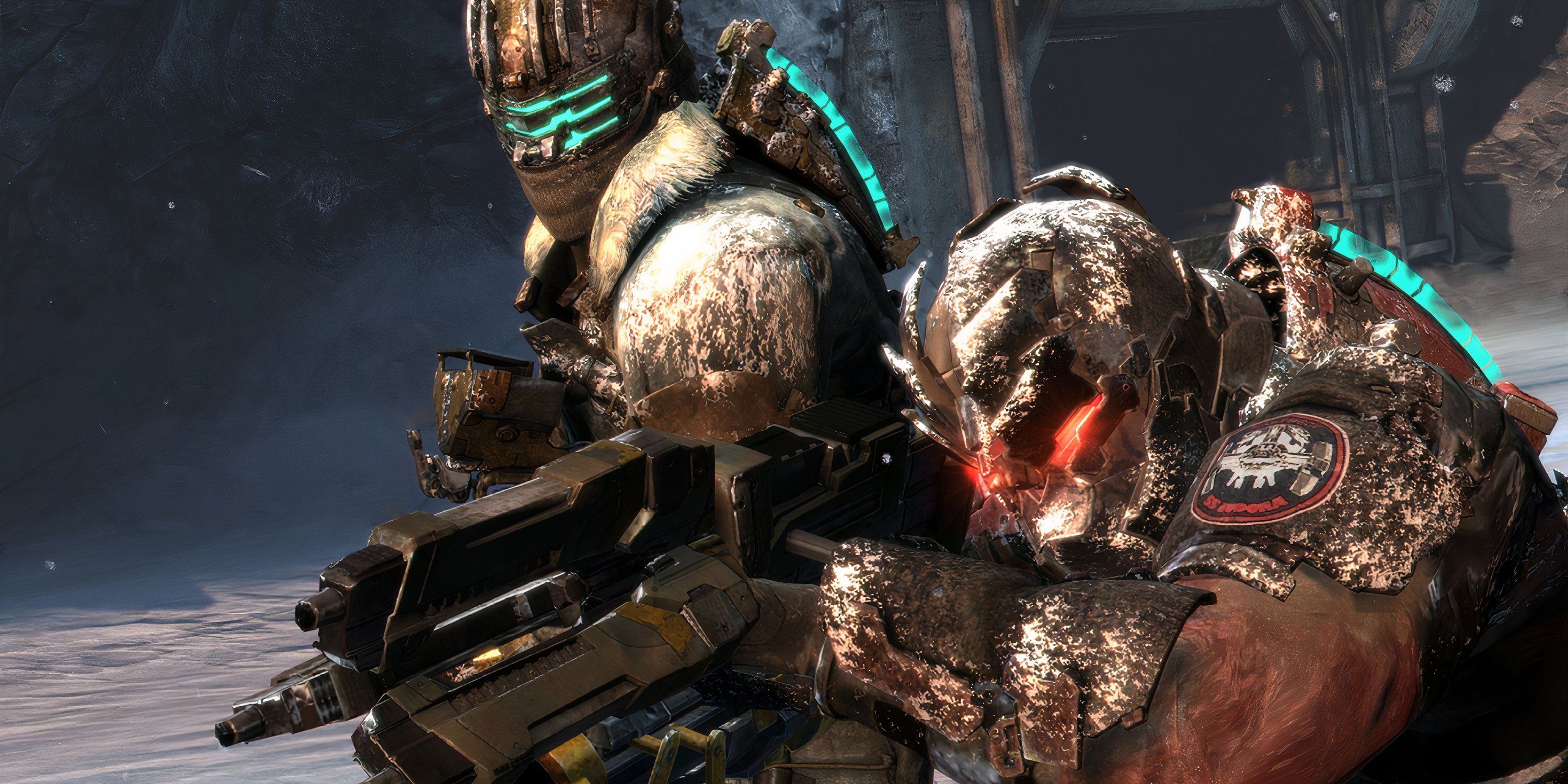
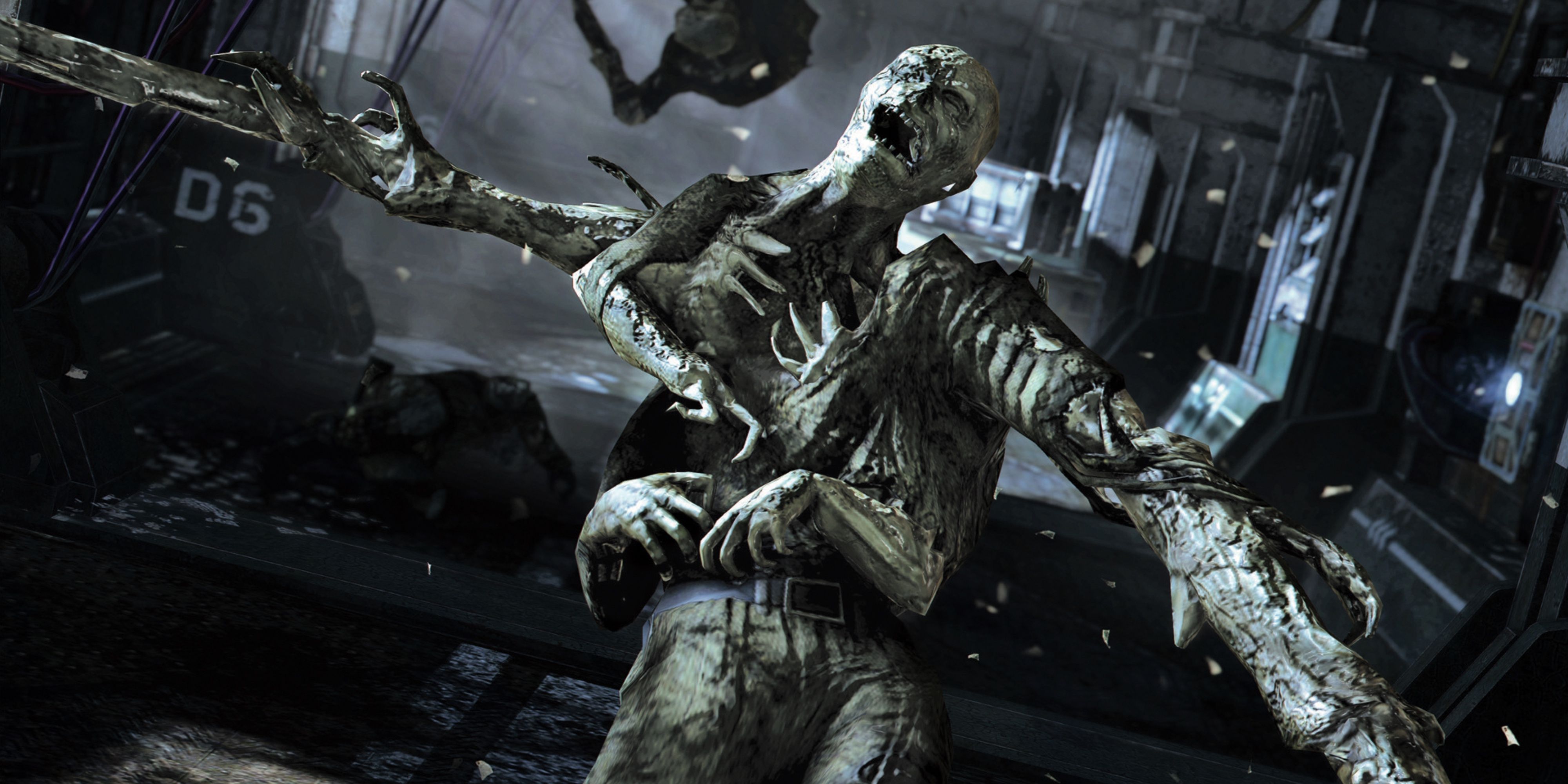
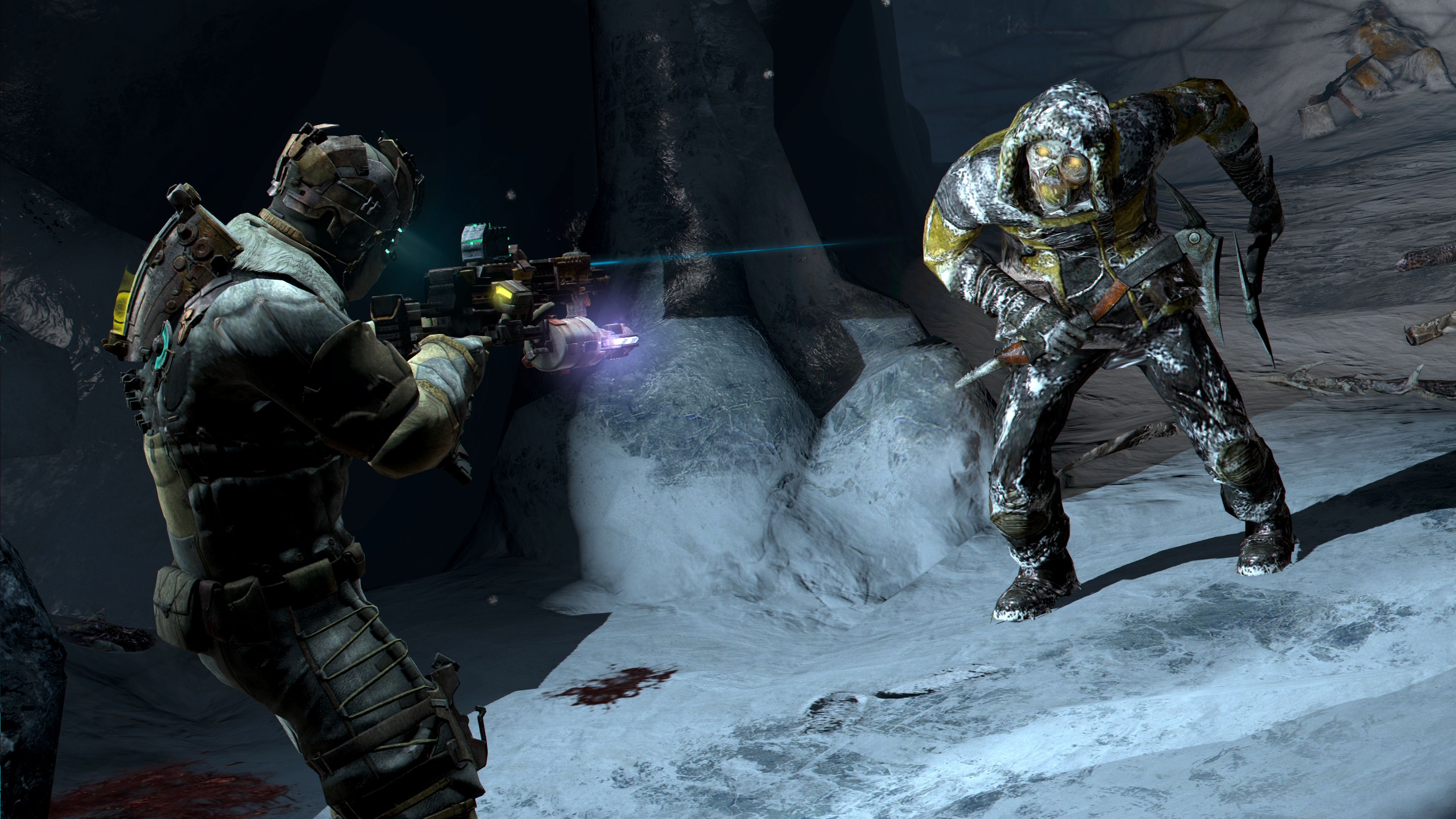
In 2008, the Dead Space trilogy unexpectedly emerged on the scene, a time when survival horror genre, aside from Resident Evil, was generally underperforming. The first game was a massive success, offering a chilling amalgamation of elements from Alien and Dawn of the Dead, complete with a gruesome yet rewarding combat system. Three years later, Dead Space 2 significantly surpassed its predecessor. Consequently, high expectations were set for Dead Space 3, and it’s fair to say that these expectations were not entirely fulfilled.
To put it simply, Dead Space 3 stands out as an engaging sci-fi action-horror title. The fight sequences are intense, pitting you against both human and necromorph adversaries, occasionally together, and the weapons can be tailored to your liking due to a common ammunition type. Moreover, the narrative of Dead Space 3 is top-notch, expanding on the lore of the necromorphs and escalating the tension for what would have been the fourth game, sadly never produced. Yes, it may lack some of the horror elements that were anticipated, and it’s not quite up there with the series’ finest moments, but make no mistake, it’s a well-made video game nonetheless.
Dragon Age: The Veilguard
Bad First Impressions
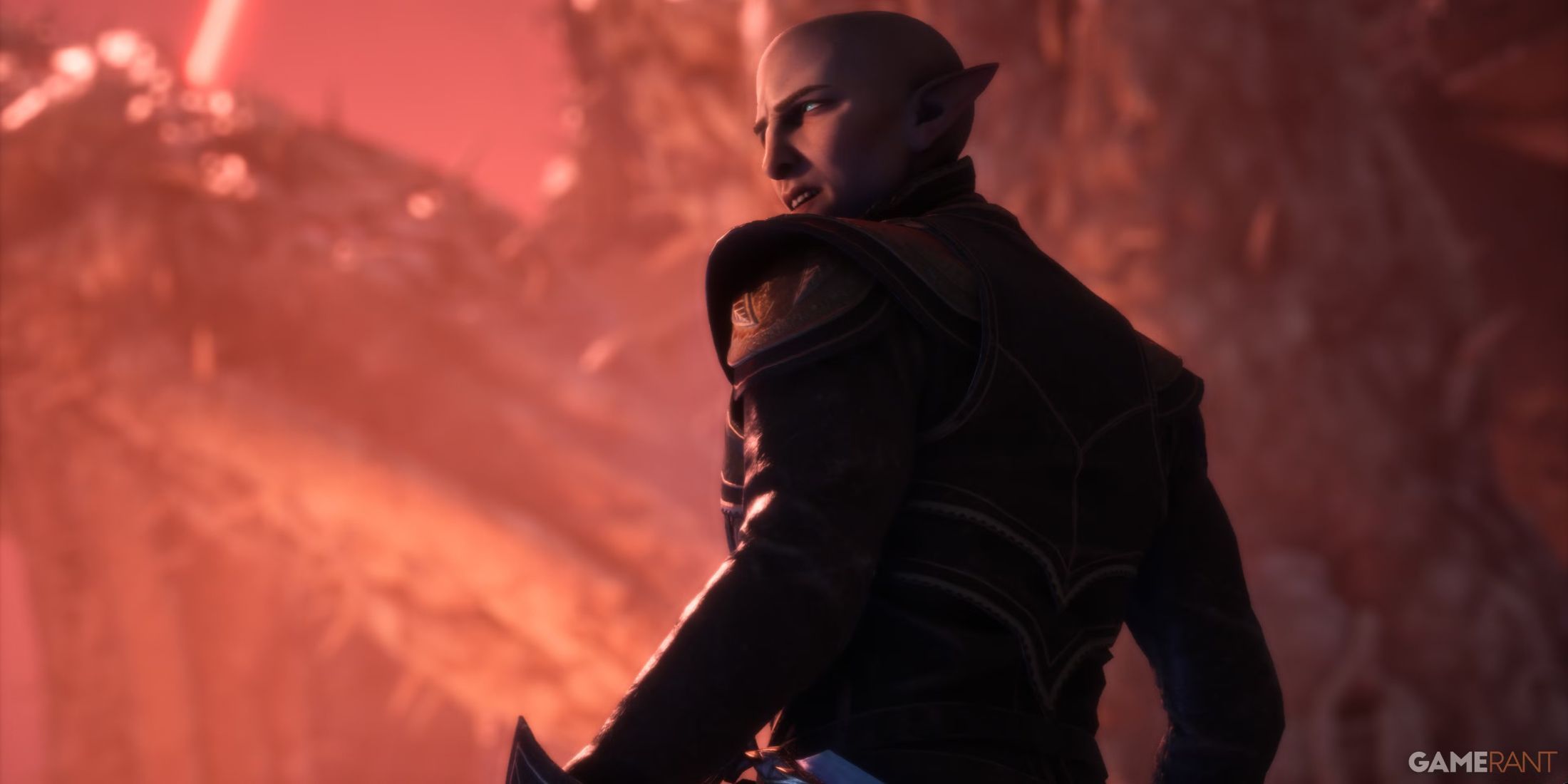

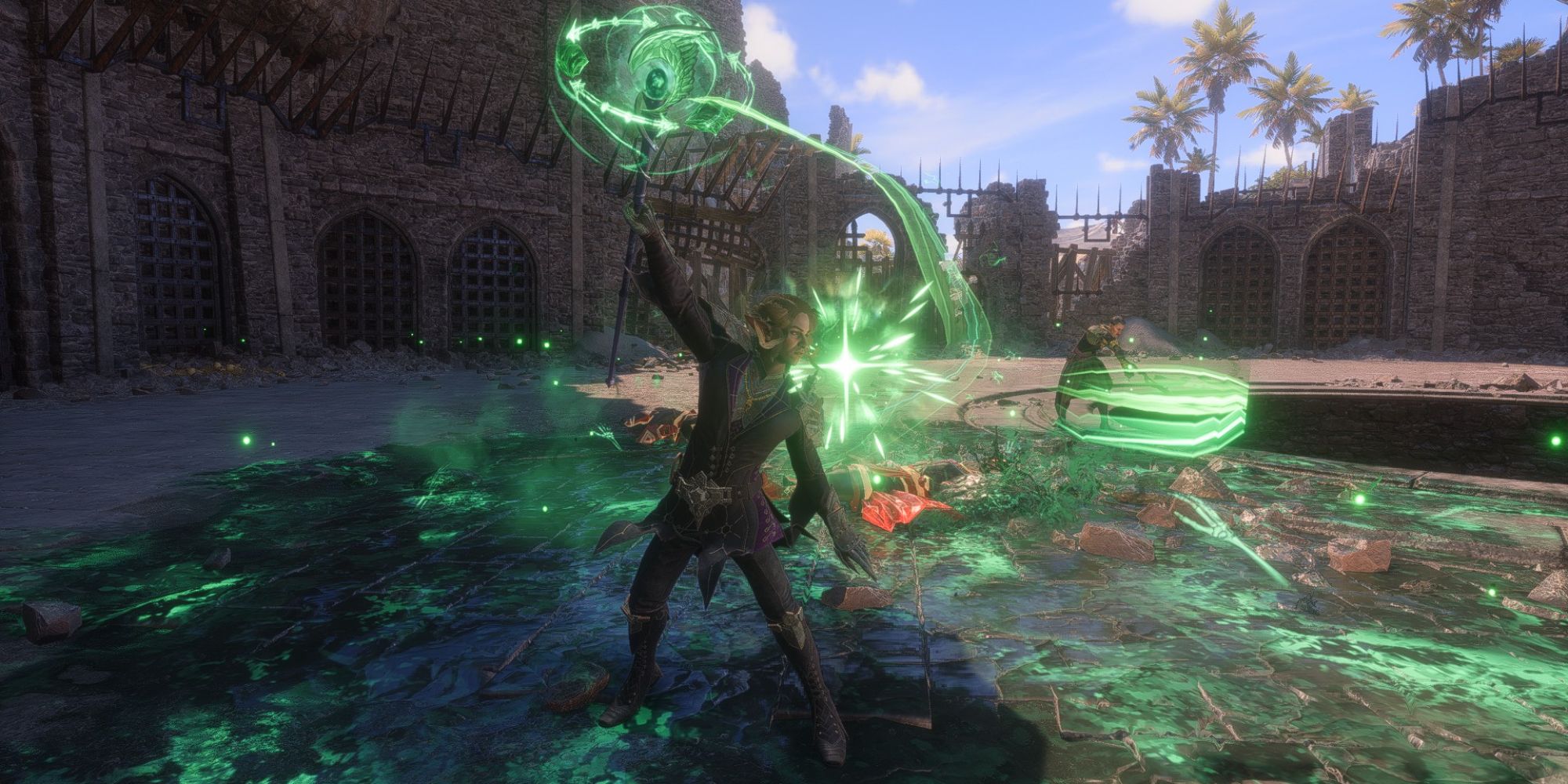
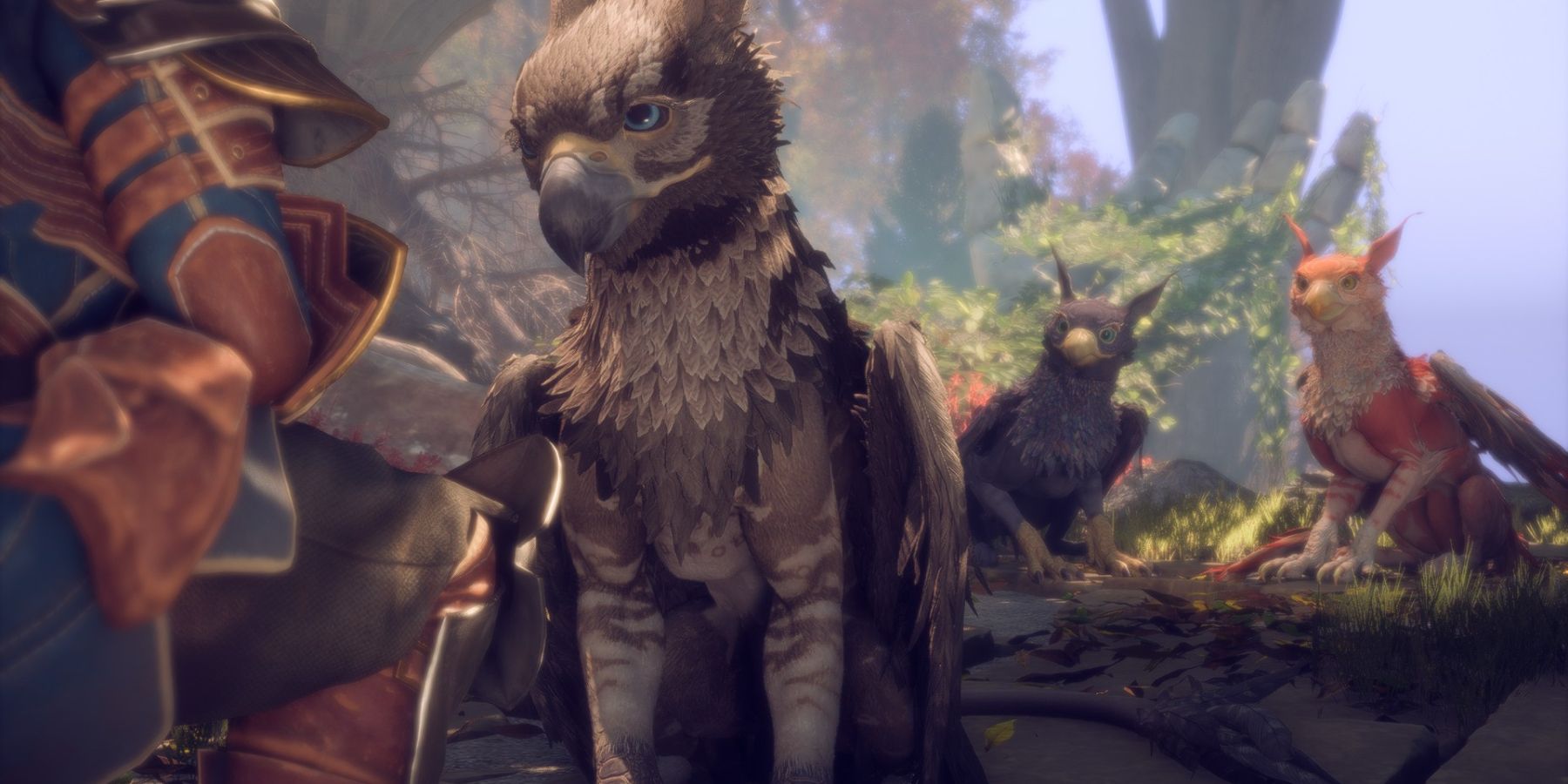
To put it simply: Contrary to some expectations, Dragon Age: Veilguard falls short compared to its prior installments. While there are instances of awkward dialogue and a noticeable absence of intricate RPG features that were previously key aspects of the series, it doesn’t qualify as a terrible game. Instead, it presents an unusual gaming experience.
The structure of what seem to be live-service systems is very apparent in the early stages, and the writing issues are hard to miss. This, combined with a predisposition by some to dislike the game even before its release, ignited a wave of online criticism.
Initially, around 10-12 hours into the game, following the first dragon battle, things may seem simple. The dialogue becomes more polished, save for the occasional clumsy line, and the plot reveals its secrets, keeping fans of the earlier games hooked. Moreover, characters gain depth and complexity, making them a captivating aspect of the gameplay. To top it off, the combat system develops over time, offering unique weapons with significant effects, a gripping final chapter, and an engaging storyline overall. While it’s not perfect and has its flaws, “Dragon Age: The Veilguard” should not be subjected to such intense criticism as it received.
Titanfall
Better In Every Way Except The One That Counts
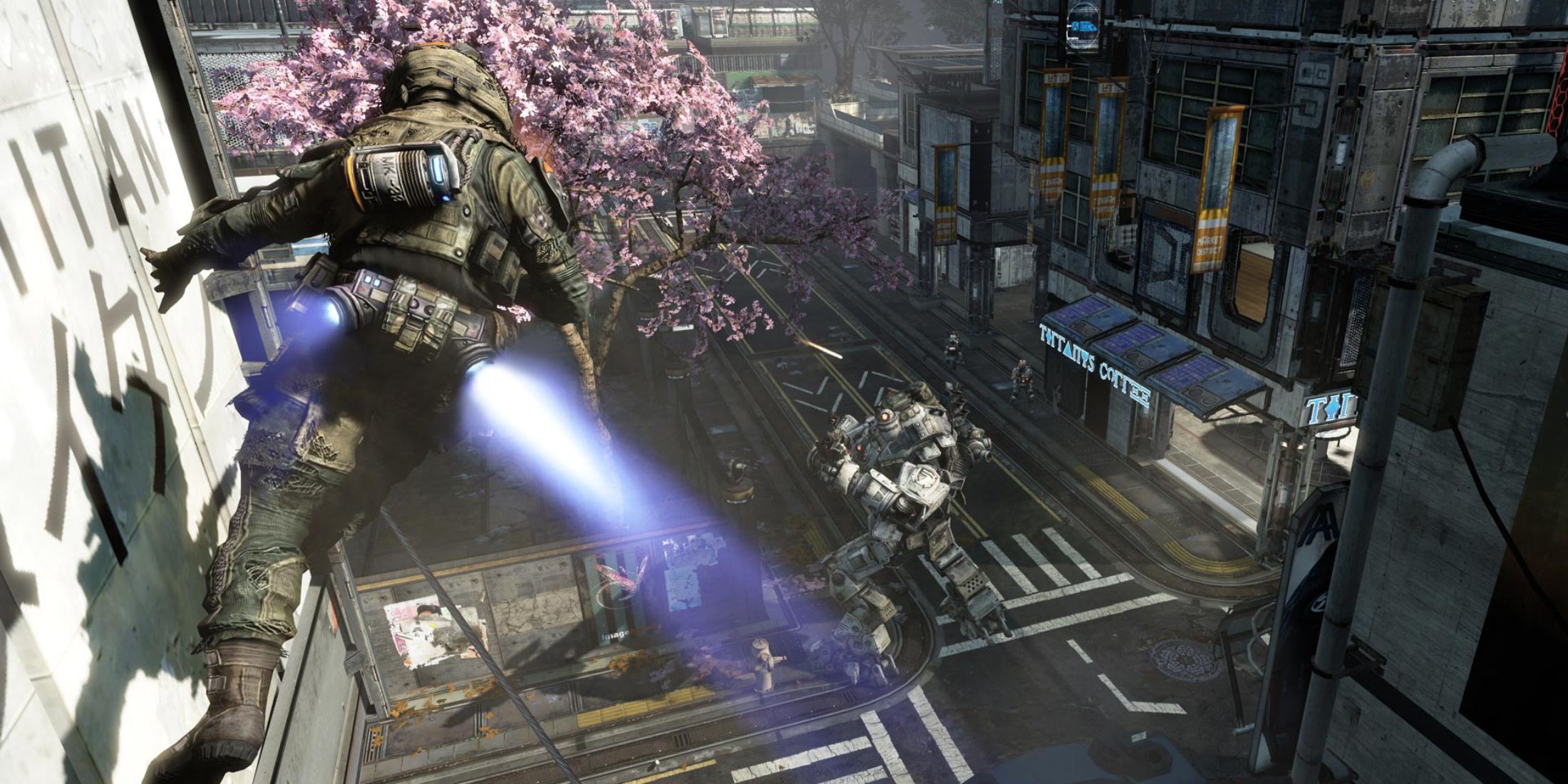
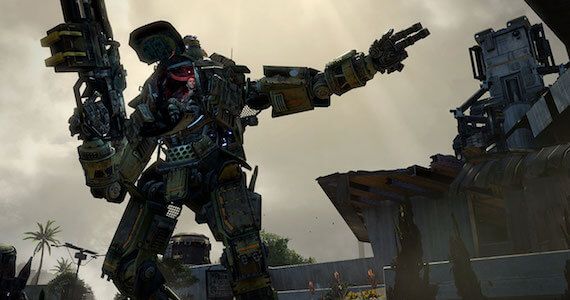
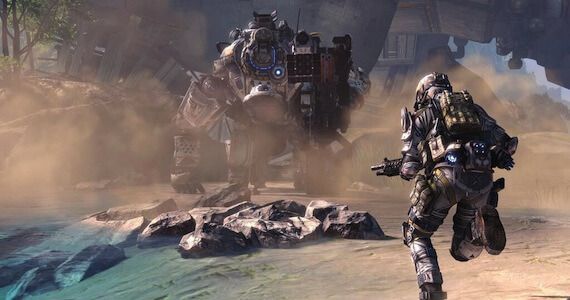
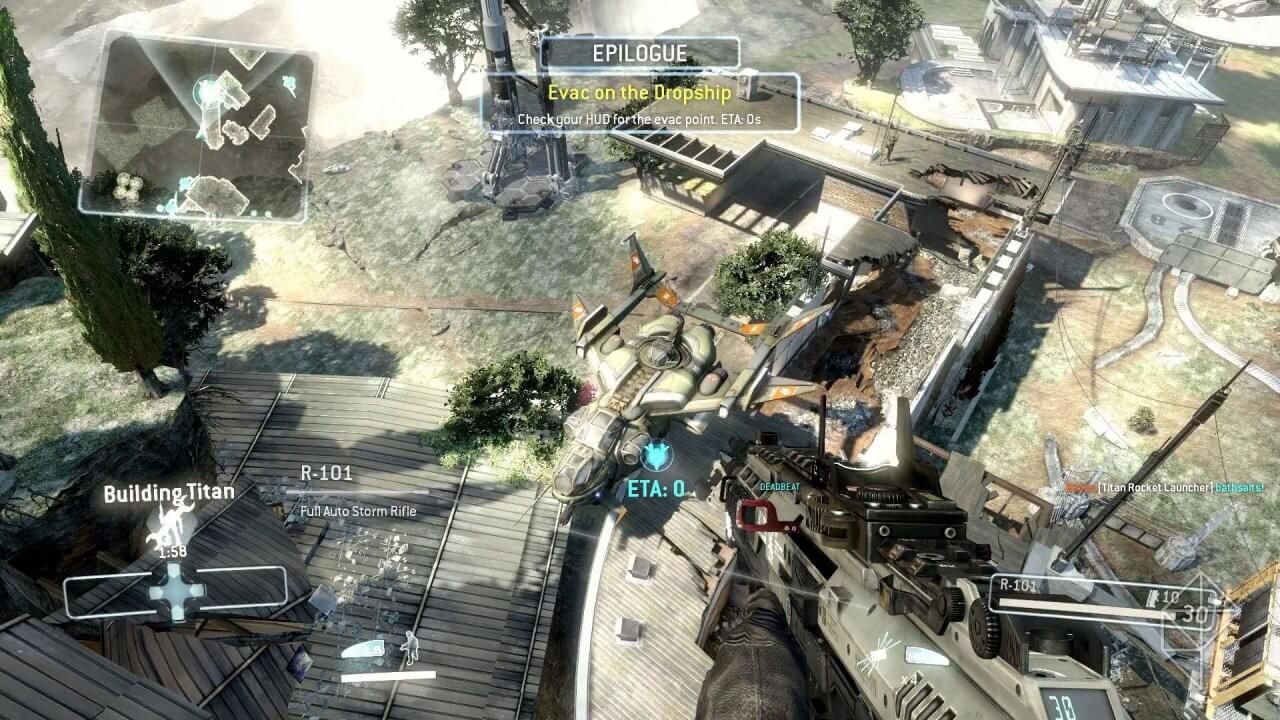
Initially, the game Titanfall, in a time when Call of Duty was dominating the shooter enthusiasts’ preferences, stirred some controversy due to its unique approach. However, it managed to excel in all aspects. Titanfall was an exclusive multiplayer first-person shooter game that offered a single-player campaign along with PvP modes and a thrilling, fast-moving combat system. In comparison to its sequel, the PvP maps were more skillfully designed, Titans were more powerful and valuable, and both gadgets and weapons were significantly more effective.
Despite the multiplayer aspects of Titanfall 2 not being as strong, it’s often praised for its exceptional single-player campaign, which is among the best in first-person shooter history. This has led many to consider it a superior game overall due to its single-player mode. However, this assessment may overlook the greatness of its predecessor, Titanfall. That game was fantastic in its own right, but what sets Titanfall 2 apart is its memorable story campaign. There’s simply no gaming experience quite like the thrill of ambushing an opponent while they’re inside a Titan during a match. Titanfall, on the other hand, didn’t have that same narrative appeal.
Mass Effect: Andromeda
Graphics Aren’t Everything
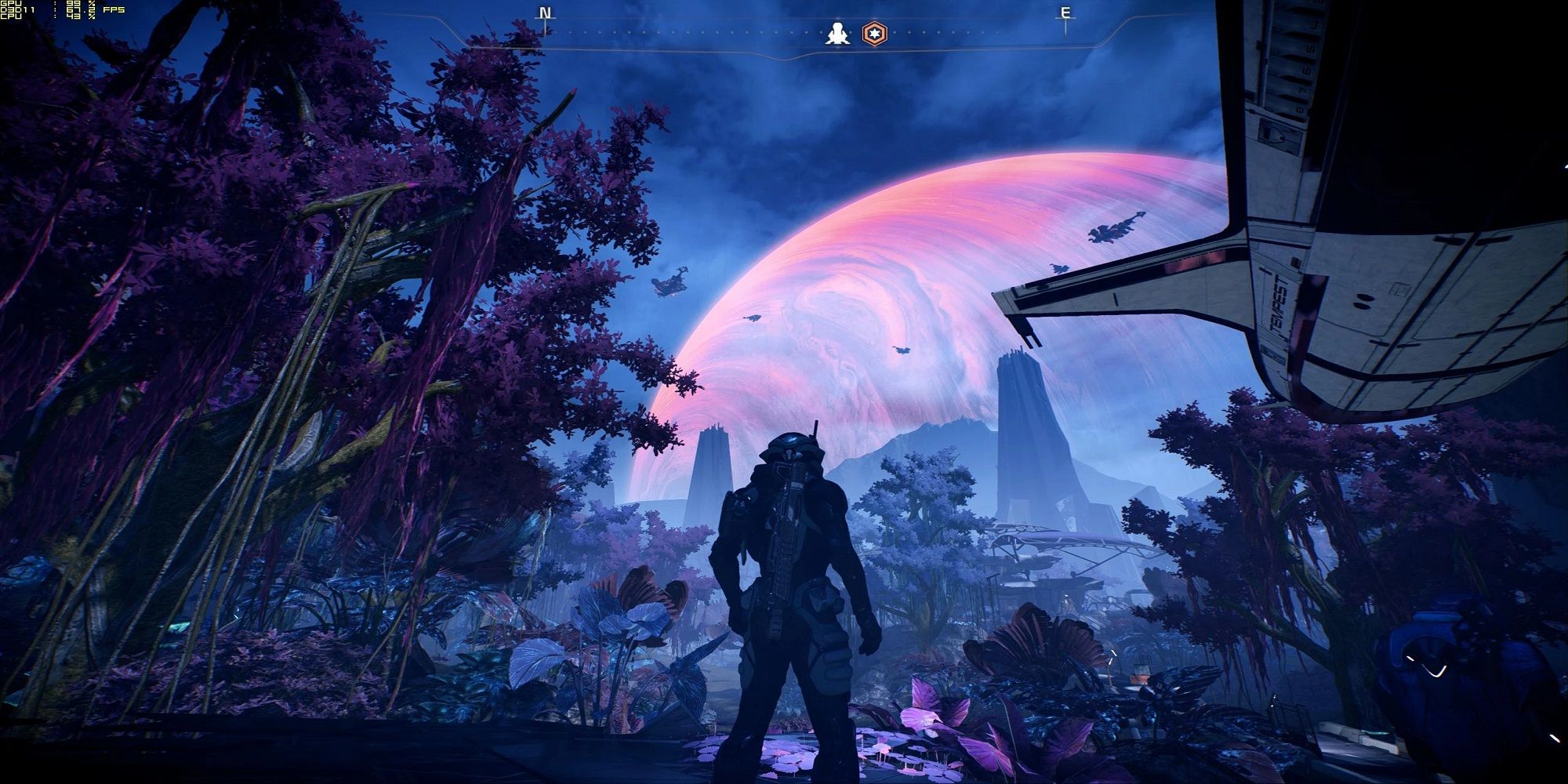


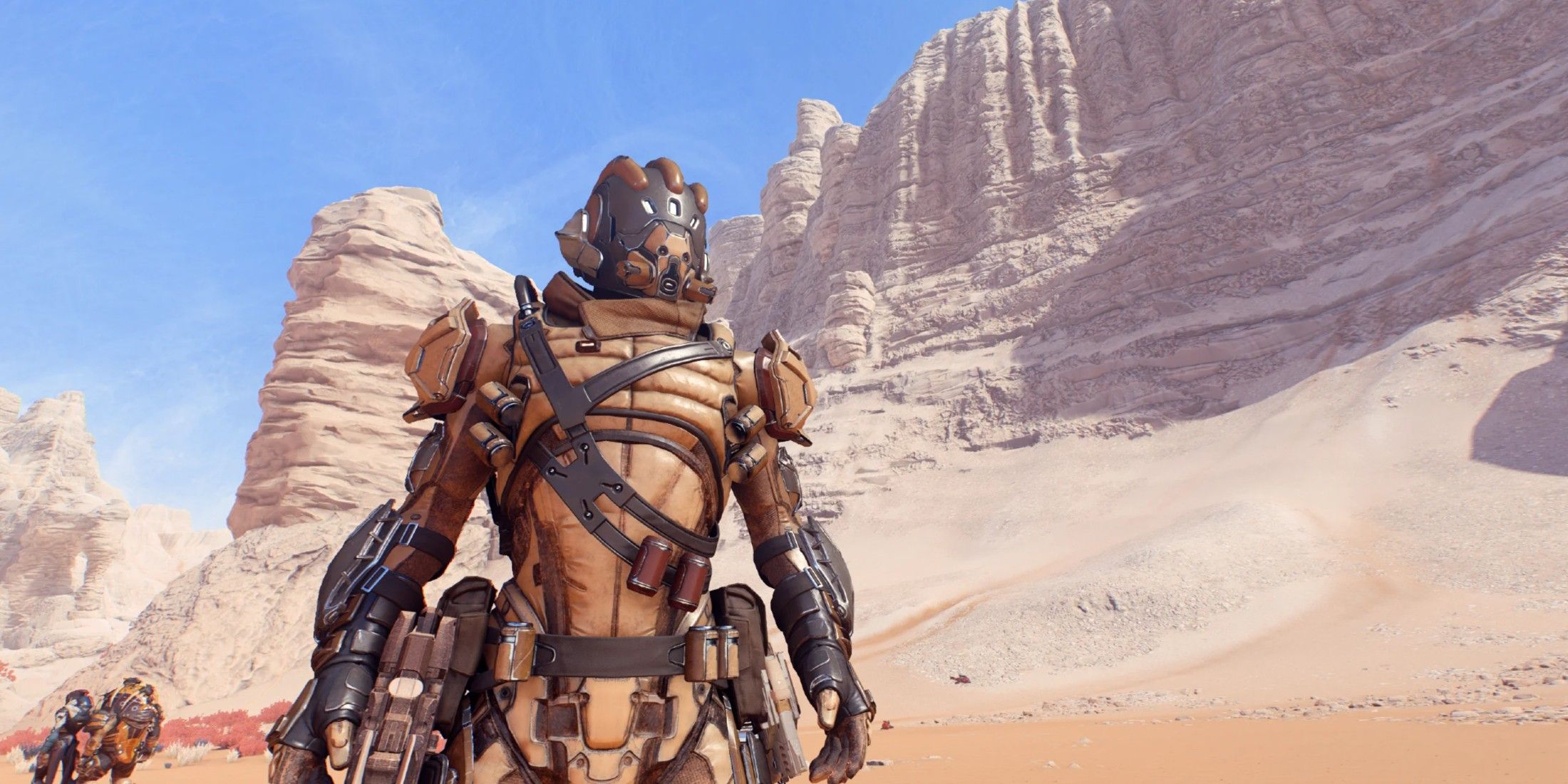
It’s undeniable that the original Mass Effect Trilogy stands head and shoulders above many others in the RPG genre, and it’s even considered one of the greatest space opera stories across all media. But let’s be clear, attempting to replicate such a masterpiece is no small feat, as demonstrated by Mass Effect: Andromeda. The end product was, predictably, a blend of positive and negative feedback. However, what primarily stands out about this installment in the series is its technical issues and subpar graphics.
Initially, there were some issues when Mass Effect: Andromeda was first released, which caused frustration among many players, particularly devoted fans of the series. However, these are the kinds of problems that can be fixed with updates, and that’s precisely what happened. After addressing those initial glitches, Mass Effect: Andromeda now delivers the franchise’s finest combat, expansive exploration of five distinct maps, and a story, while not as epic as the original trilogy, is still an enjoyable adventure filled with intriguing lore and characters. Despite its excellent gameplay today, it still bears the stigma of early technical criticism, which keeps it in a less favorable light.
Crysis 3
A Delicate Balance
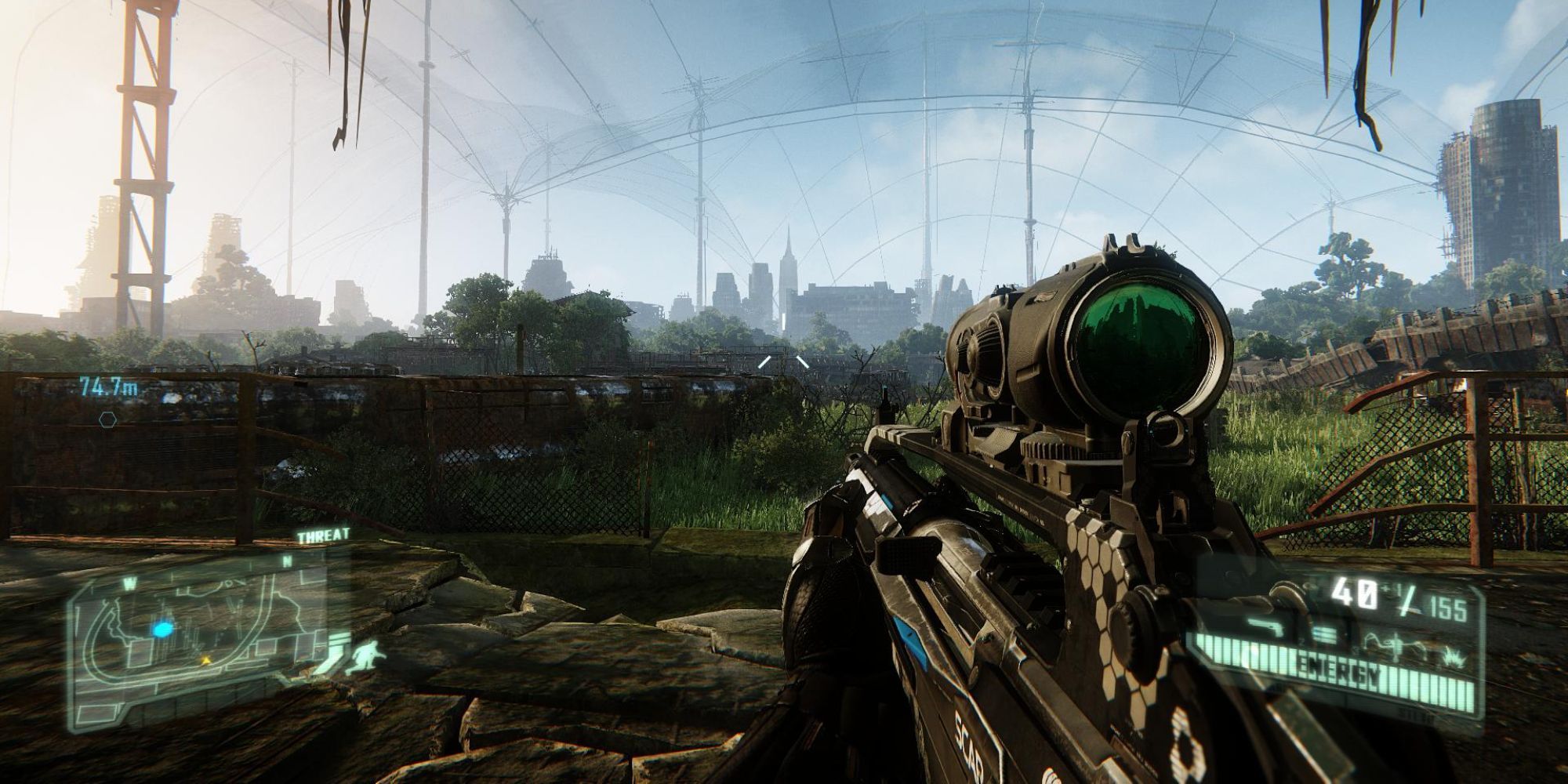
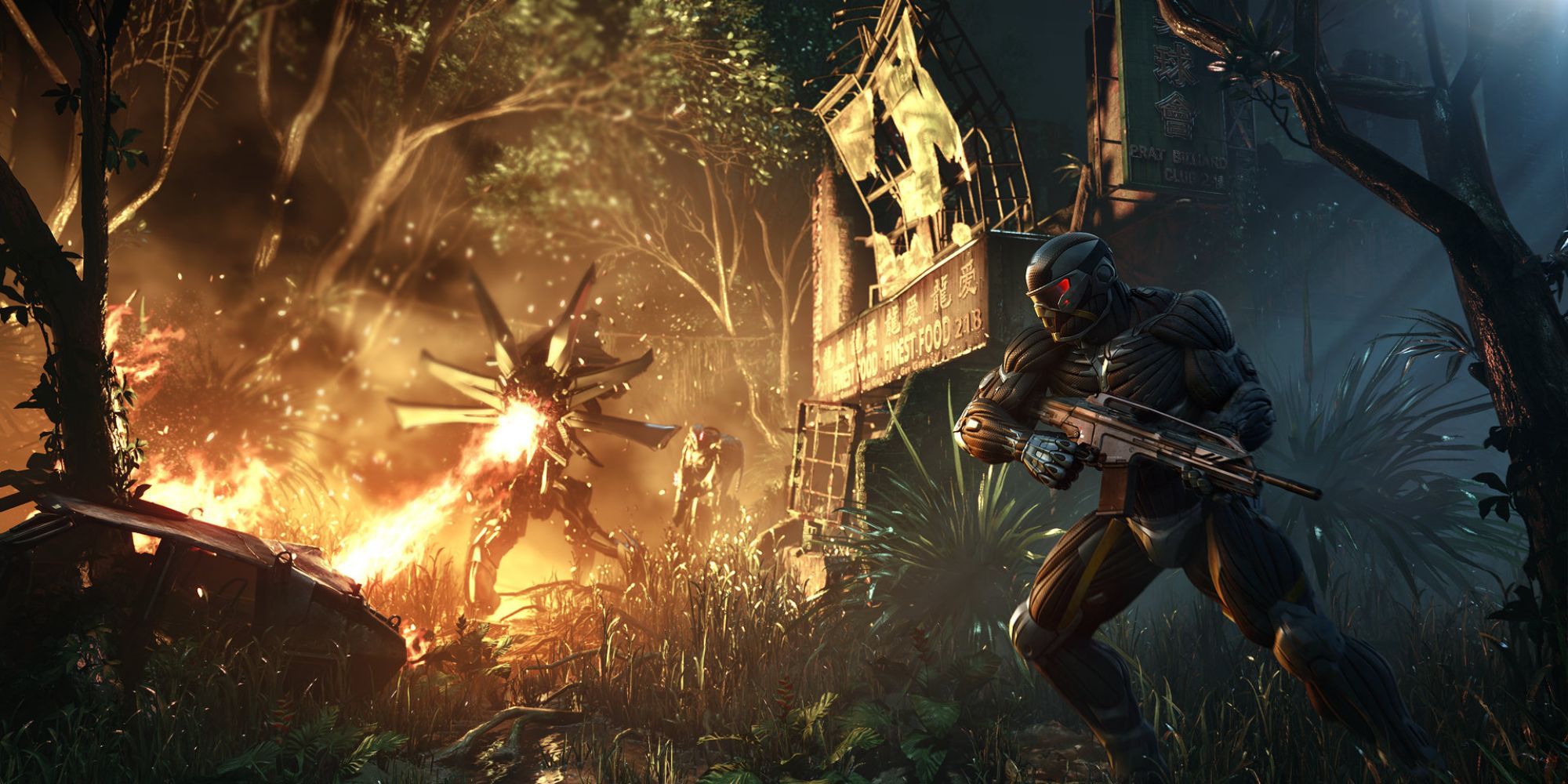
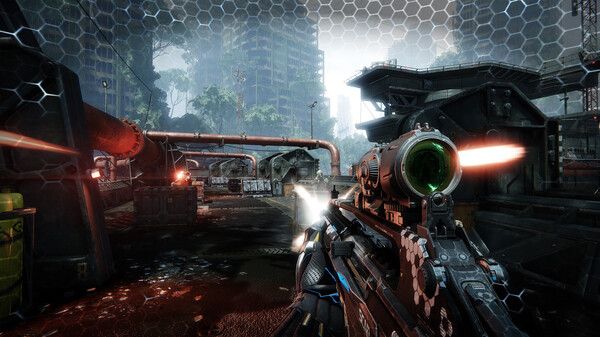
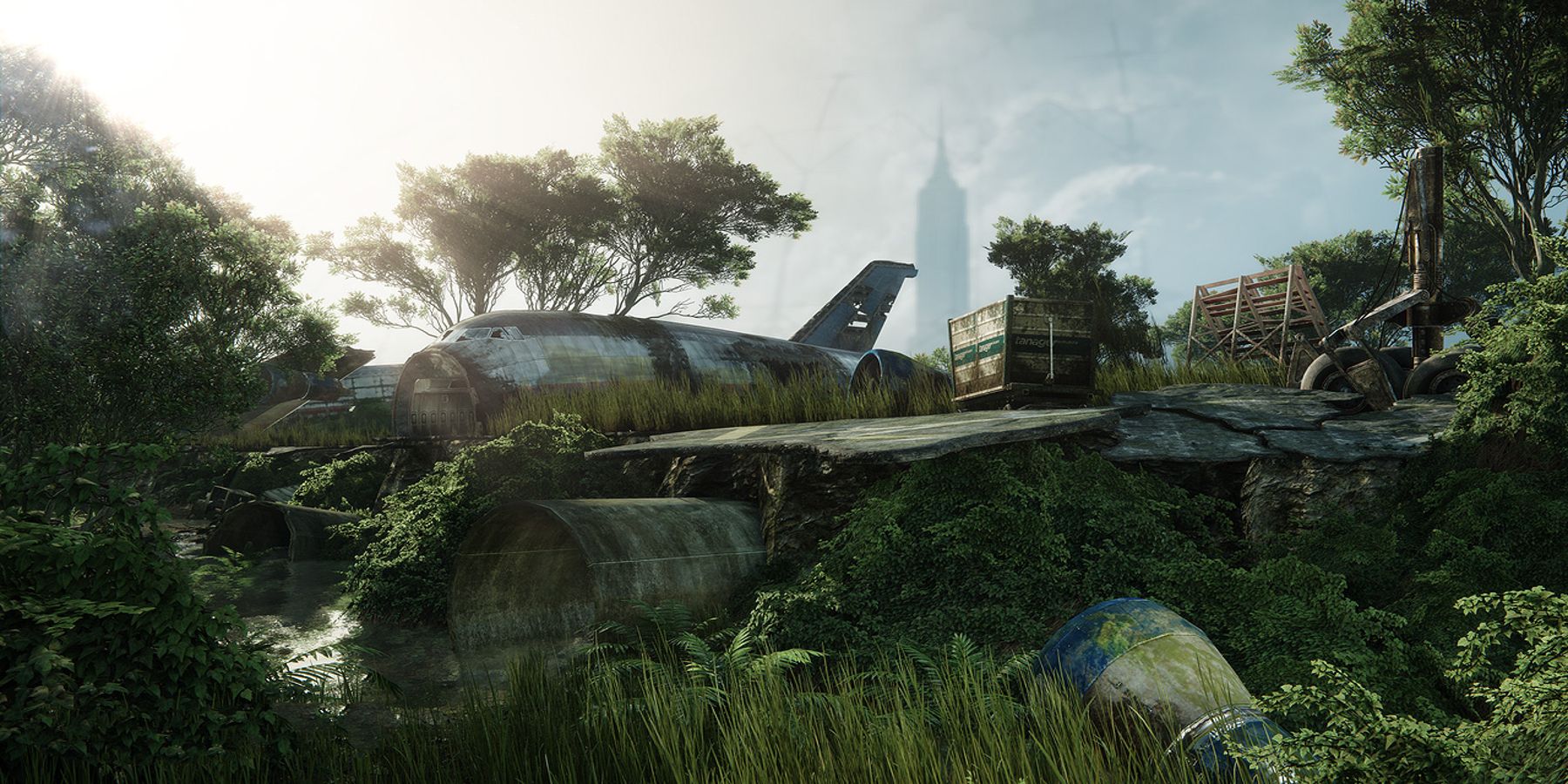
The contrast between Crysis and Crysis 2 was as striking as day and night. The first game was a graphical powerhouse, putting even the most powerful graphics cards to the test and establishing itself as a benchmark for high-end gaming PCs. The question often arose: “Is that rig capable of running Crysis?” More times than not, the answer was no. Crysis represented a groundbreaking shooting experience with its expansive open-world island setting and a protagonist equipped with power armor, allowing players to perform extraordinary feats such as becoming invisible or lifting and hurling an SUV. In comparison, while Crysis 2 was not a poor game, it was essentially Call of Duty with lasers and ran smoothly on late-generation consoles.
By the time Crysis 3 arrived, the franchise’s reputation had already taken a hit, which is unfortunate because it managed to combine the best aspects of its predecessors. Despite being released on late-generation PlayStation 3 and Xbox 360 consoles, it pushed these systems to their maximum potential, resulting in significantly expanded environments. Although Crysis 3 isn’t a fully open-world game, it offers a wide array of choices for engaging in combat, reminiscent of the original. While not everyone may have “hated” Crysis 3, it certainly didn’t receive the recognition it deserved.
Need For Speed: Unbound
The Comeback Falls Short
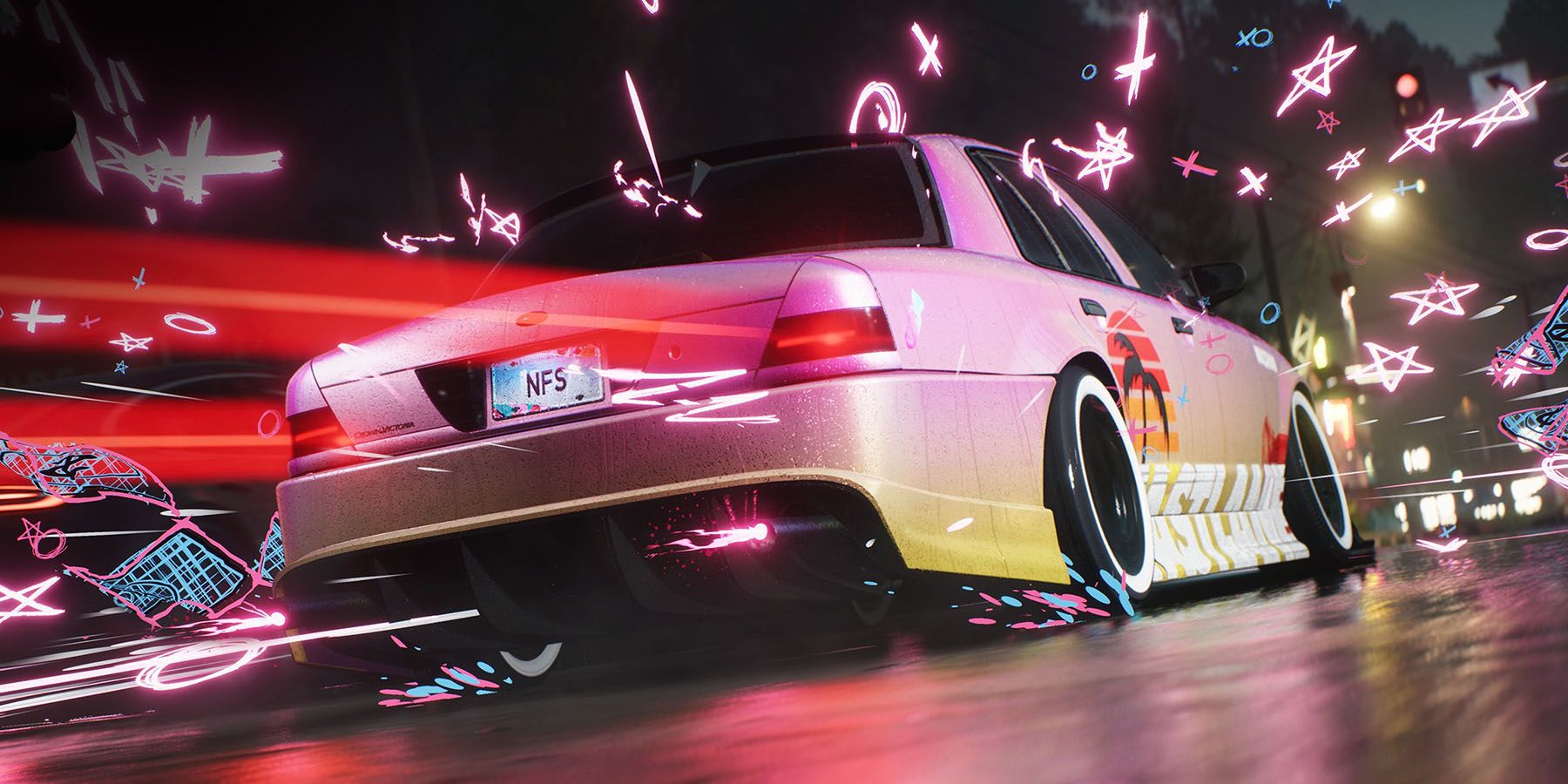
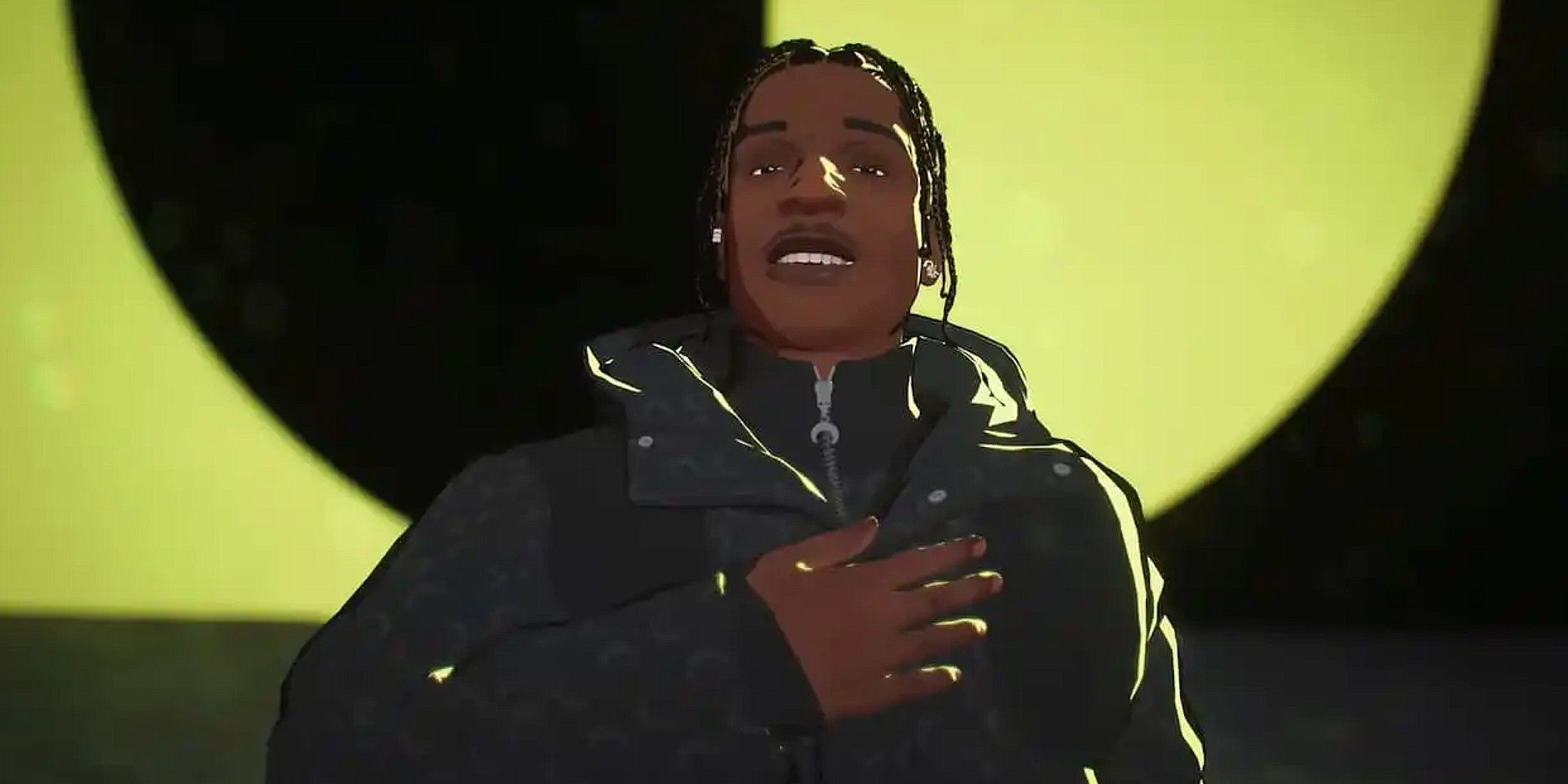
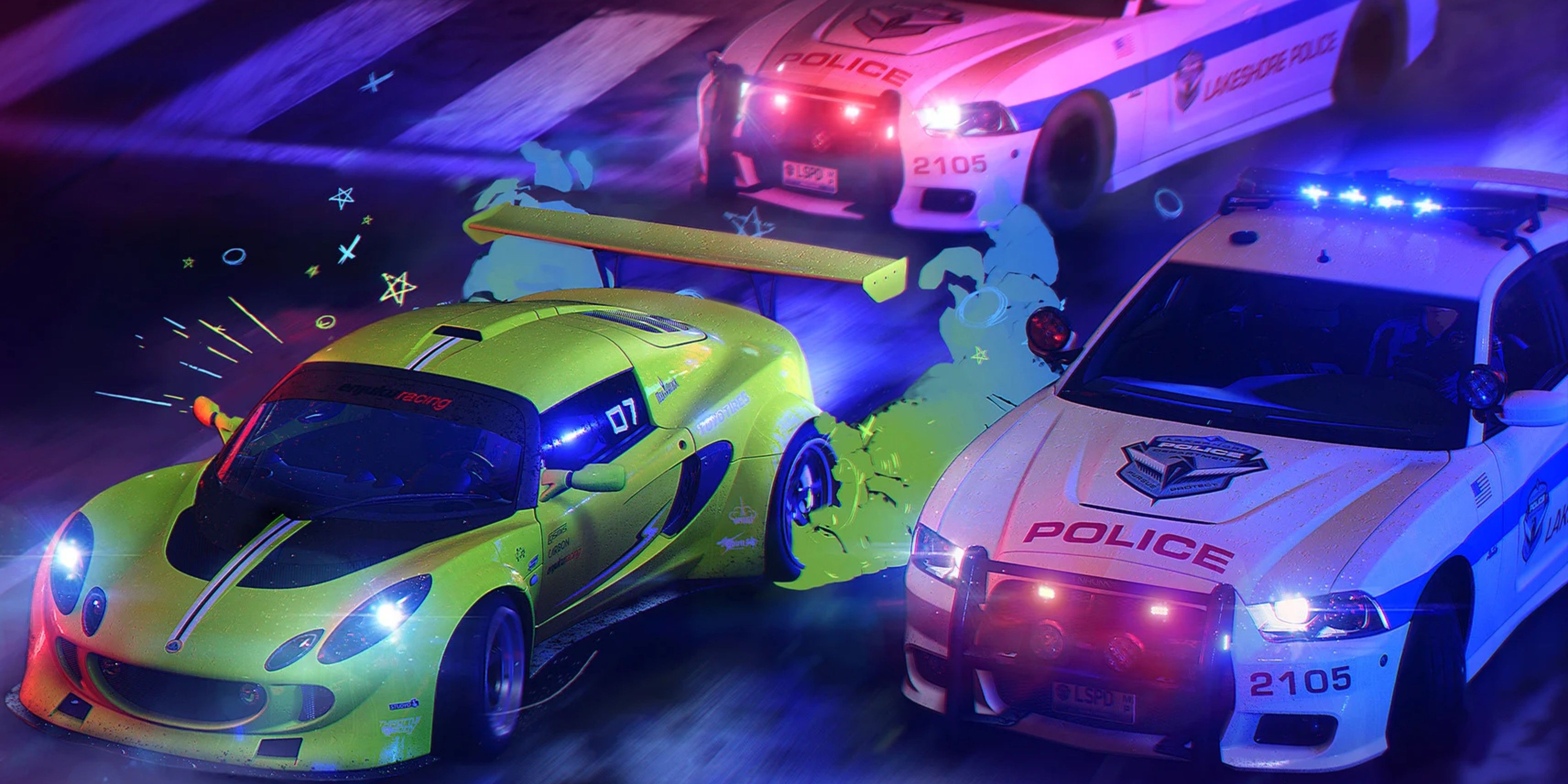

The Need for Speed franchise has experienced a rocky journey through its history. At one point, it reigned supreme, but then it became a game tied to a movie adaptation of itself. This was followed by the controversial and stripped-down version called Need for Speed: Payback. Need for Speed: Heat began to steer things in a better direction, yet it still didn’t quite match up to its peers. By the time we reached Need for Speed: Unbound, it was going head-to-head with heavyweights like Forza Horizon 5. There were worries that this iconic series might soon fade away completely.
Surprisingly, Need for Speed: Unbound has garnered quite a positive response from many. The game showcases an innovative visual style that sets it apart in the racing genre, though opinions on this design are divided. Customization of vehicles is rich and visually pleasing, while the open world, albeit smaller than that of Payback, teems with traffic and abounds with races to conquer. All in all, it’s a solid racing game; however, its reputation is shaped by the expectations set by its franchise, much like Sam Porter Bridges carrying a heavy load of Ceramics. It has earned widespread acclaim, but also criticism, with some feeling let down due to its not setting new standards upon release.
Mirror’s Edge: Catalyst
Brushed Off And Forgotten
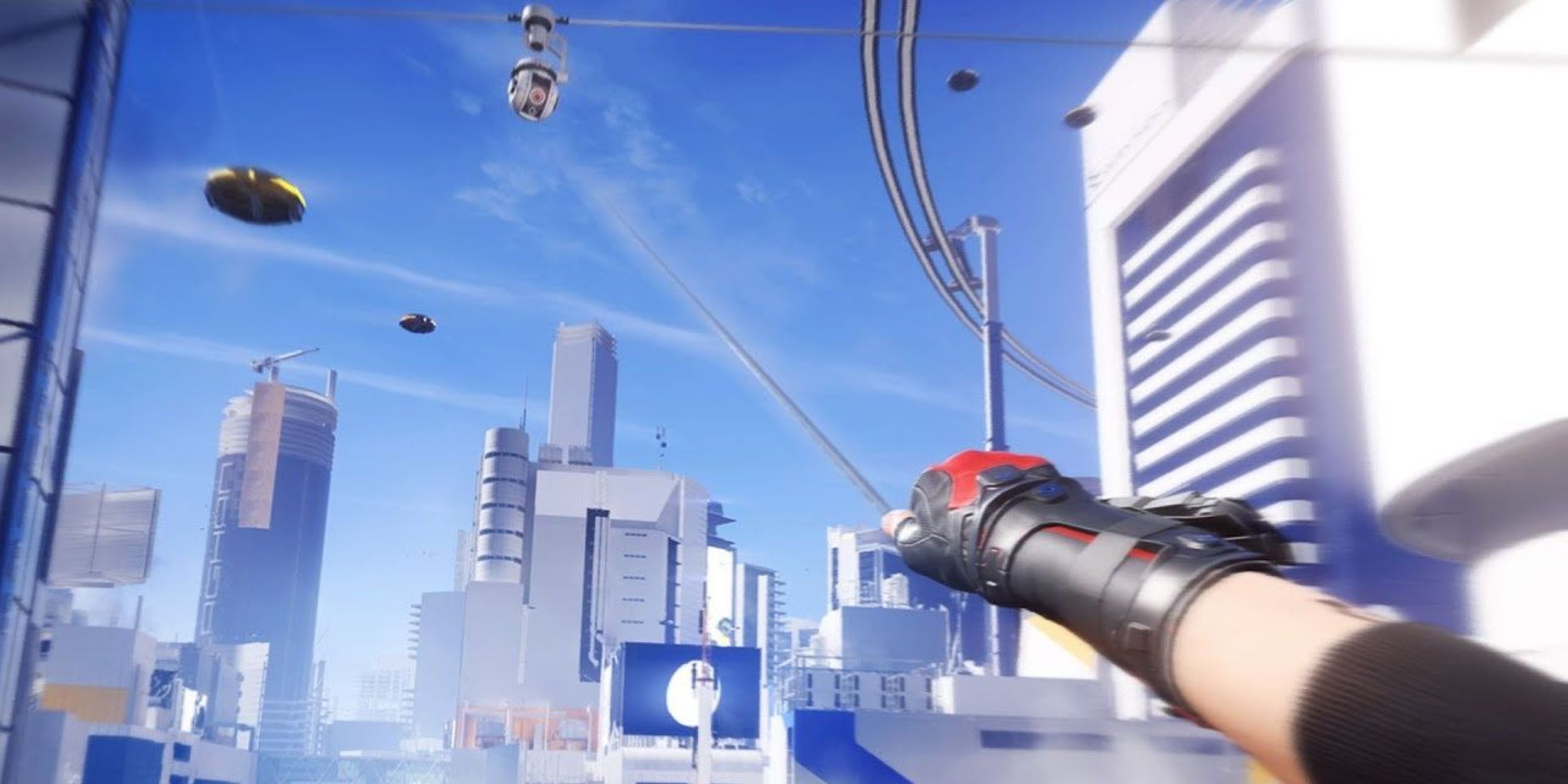

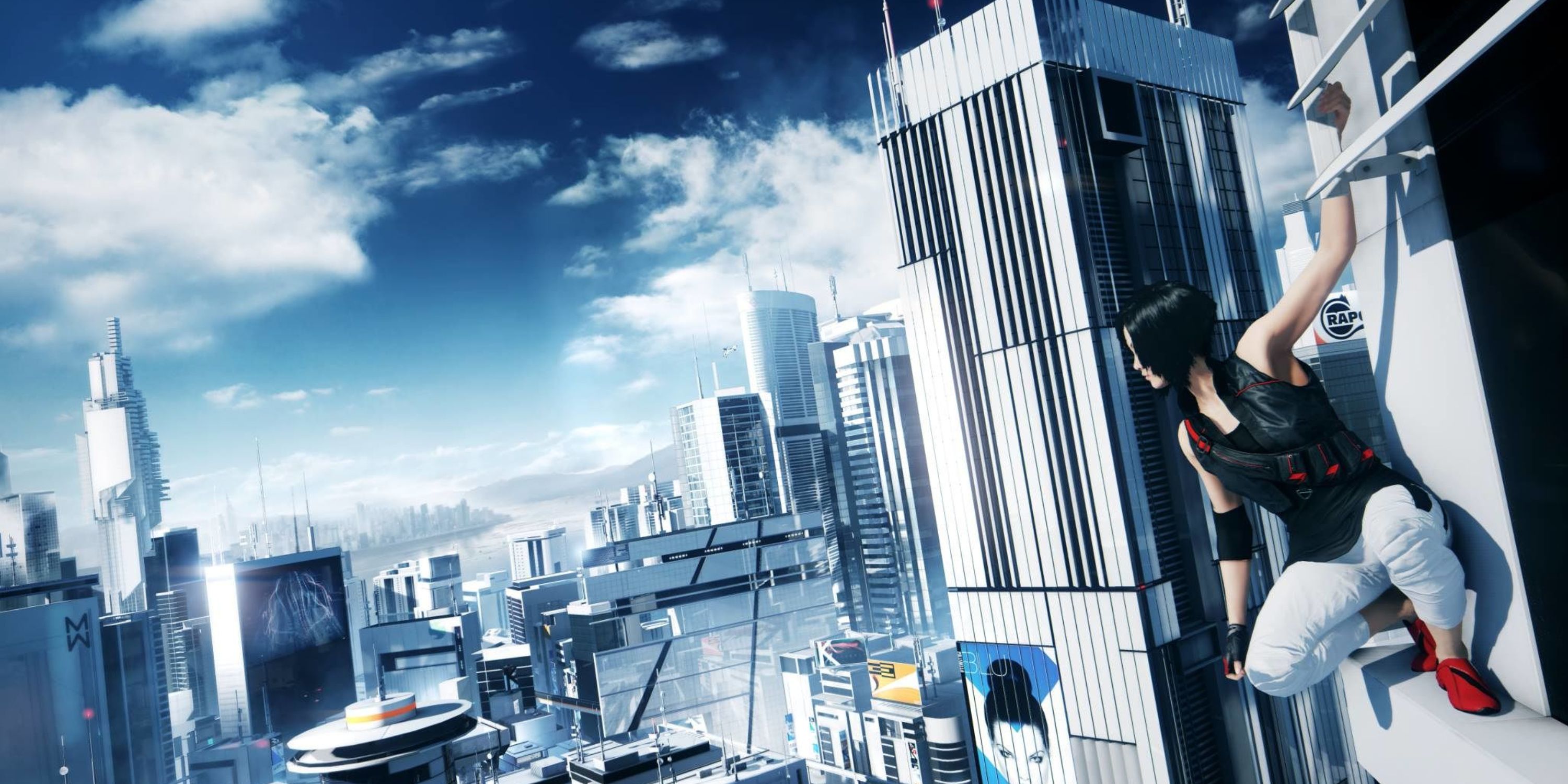
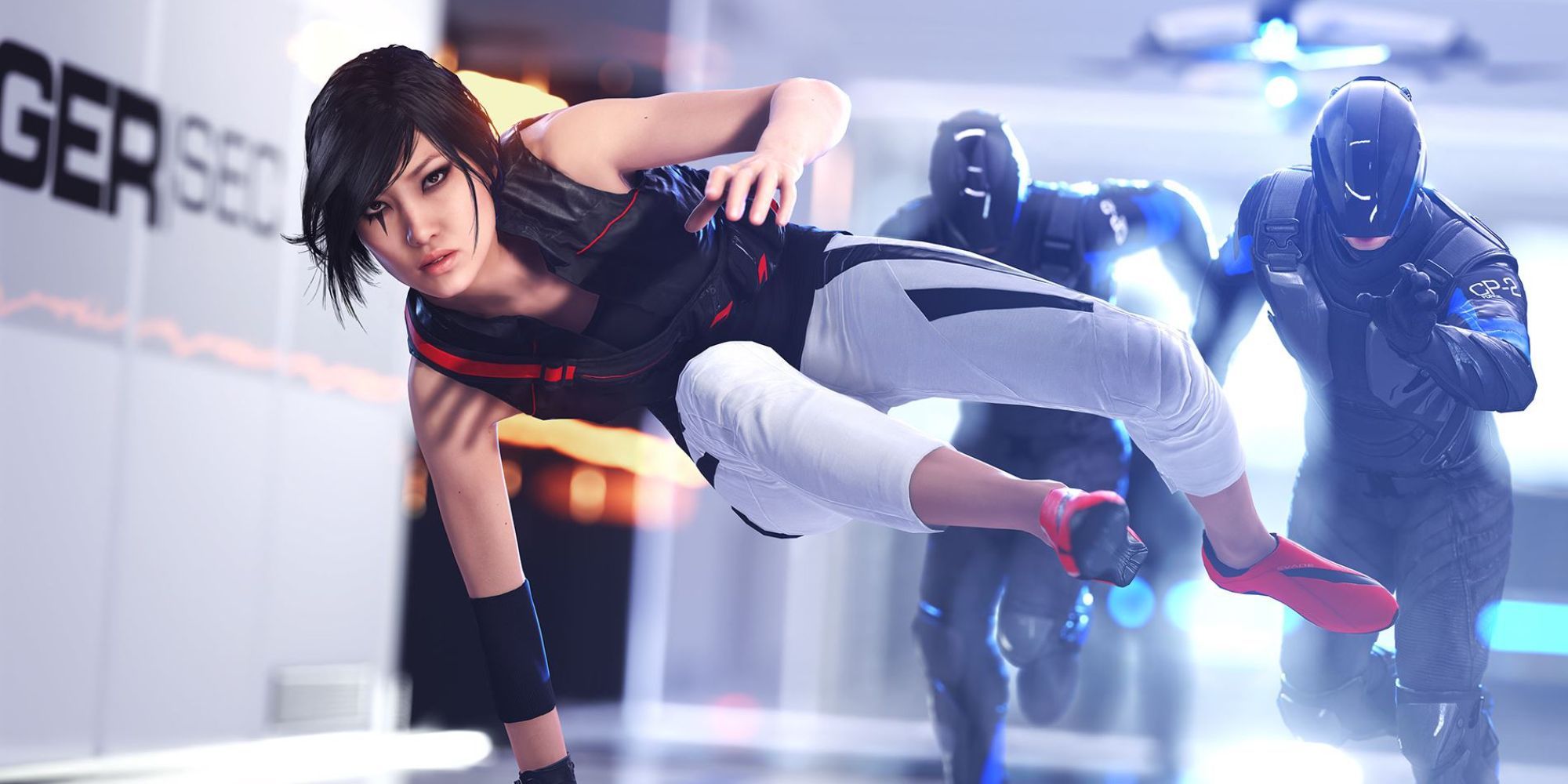
In an era where first-person perspective typically equated to shooting, Mirror’s Edge innovatively introduced a first-person parkour experience, which proved to be incredibly popular. This game was set in a futuristic, dystopian cityscape, and players assumed the role of a courier named Faith. Her tasks involved traversing various linear missions that required running up walls, leaping between skyscrapers, and gliding on ziplines. Despite its success, it just managed to garner enough attention to spark speculation about a potential sequel among fans.
Mirror’s Edge: Catalyst, developed by DICE like its predecessor, ventured into the open-world genre. Despite a mixed reception upon release, it seems the game has since faded into obscurity in discussions, as if many had written off the series. However, the appealing parkour element from the original remains intact in Catalyst, and players can now explore an entire open world while mastering new moves with a dedicated skill tree. This alone makes Mirror’s Edge: Catalyst worthwhile. Admittedly, the combat leaves much to be desired, and the story is overly serious. Yet, when players are soaring through thrilling parkour runs across a futuristic city’s rooftops, the gameplay remains engaging.
Mirror’s Edge: Catalyst was developed by DICE, like its original version, and moved into an open-world setting. Although it received mixed reviews initially, people don’t seem to talk about it much anymore. However, the exciting parkour feature from the original game is still there in Catalyst, and players can use a whole open world and a skill tree to learn new moves. This makes Mirror’s Edge: Catalyst worth playing, despite its weak combat system and overly serious story. When players are performing amazing parkour runs on city rooftops, the gameplay remains fun.
Read More
- Jujutsu Zero Codes
- All Exploration Challenges & Rewards in Battlefield 6 Redsec
- Top 8 UFC 5 Perks Every Fighter Should Use
- Upload Labs: Beginner Tips & Tricks
- Battlefield 6: All Unit Challenges Guide (100% Complete Guide)
- Best Where Winds Meet Character Customization Codes
- Prestige Perks in Space Marine 2: A Grind That Could Backfire
- Gold Rate Forecast
- Where to Find Prescription in Where Winds Meet (Raw Leaf Porridge Quest)
- Arise Ragnarok Codes (December 2025)
2025-08-08 20:09